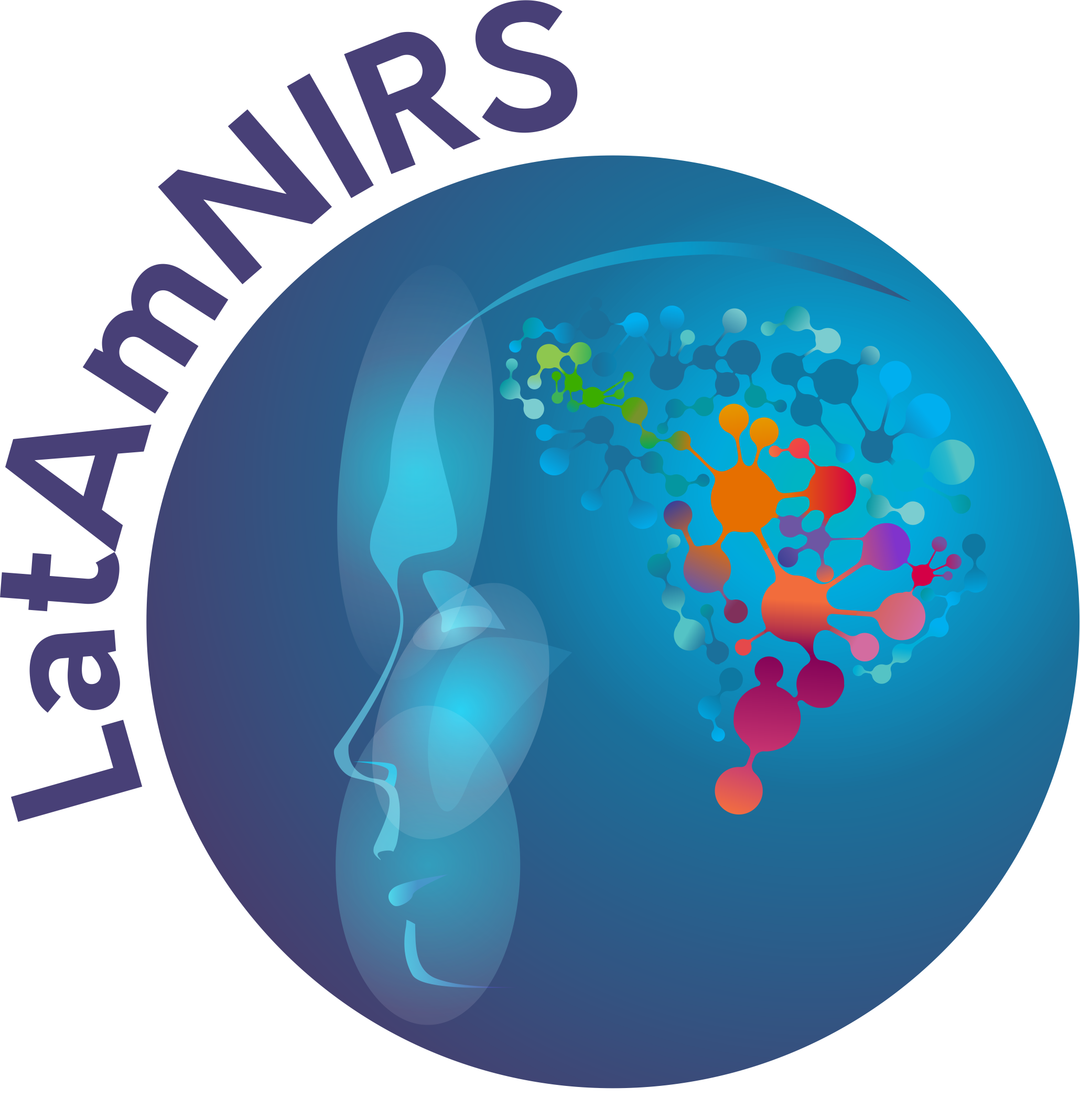Instrument response function
Definition: A gauge of how the components of a time-domain (TD) fNIRS system affect the experimental data. The IRF is measured by recording a histogram of photon arrival times using the TD fNIRS system and optodes, with a carefully-designed mechanism replacing the tissue in the measurement optical light path which provides both optical attenuation and sufficient scattering, without broadening the laser pulse itself. The IRF is influenced by the laser pulse shape, the temporal response of the detector and electronics, and pulse broadening due to temporal dispersion in the optics.
Alternative definition: The IRF characterizes the time resolution of a time-domain (TD) fNIRS system. The IRF is determined by inserting a reference sample between source and detection components of the instrument which replaces the tissue and introduces negligible additional temporal dispersion. The IRF depends on the laser pulse shape, the temporal response of the detector and electronics, and pulse broadening due to temporal dispersion in the optics, and is represented as a convolution of these individual effects.
Synonym:
References: http://dx.doi.org/10.1016/j.neuroimage.2013.05.106
Related terms: TD fNIRS
